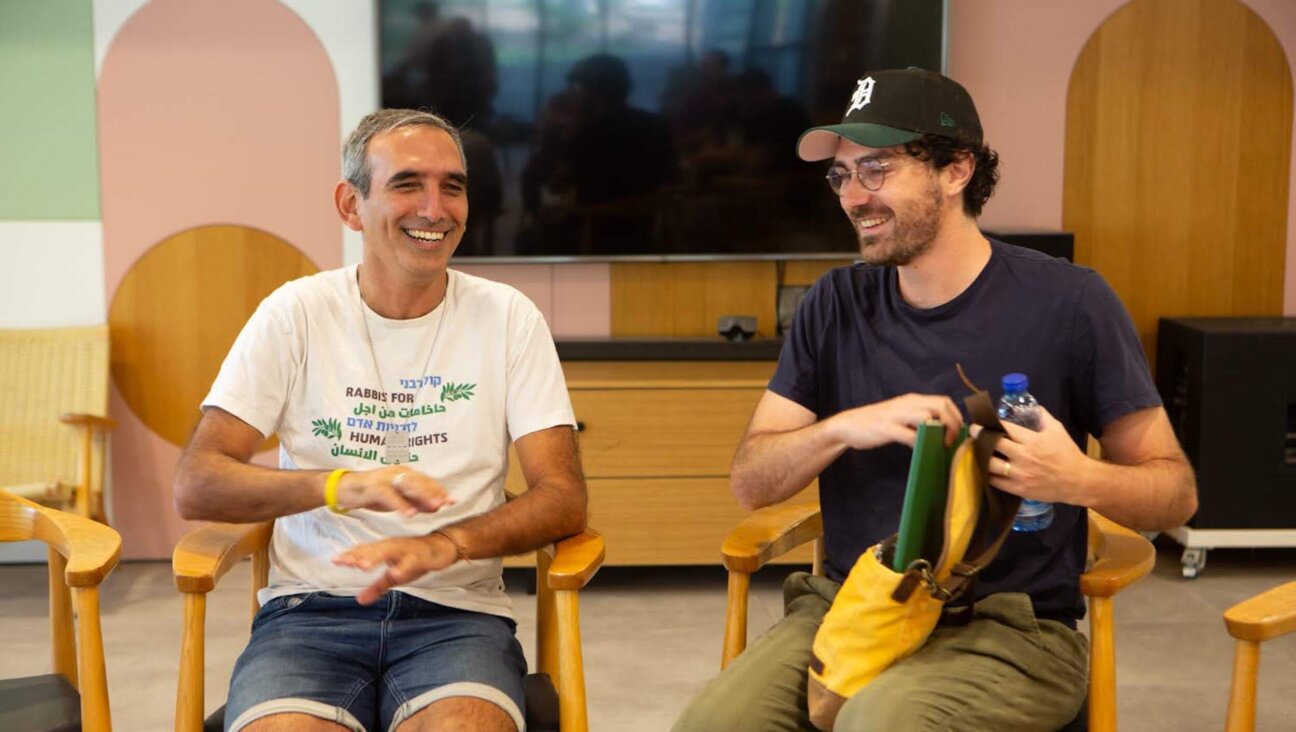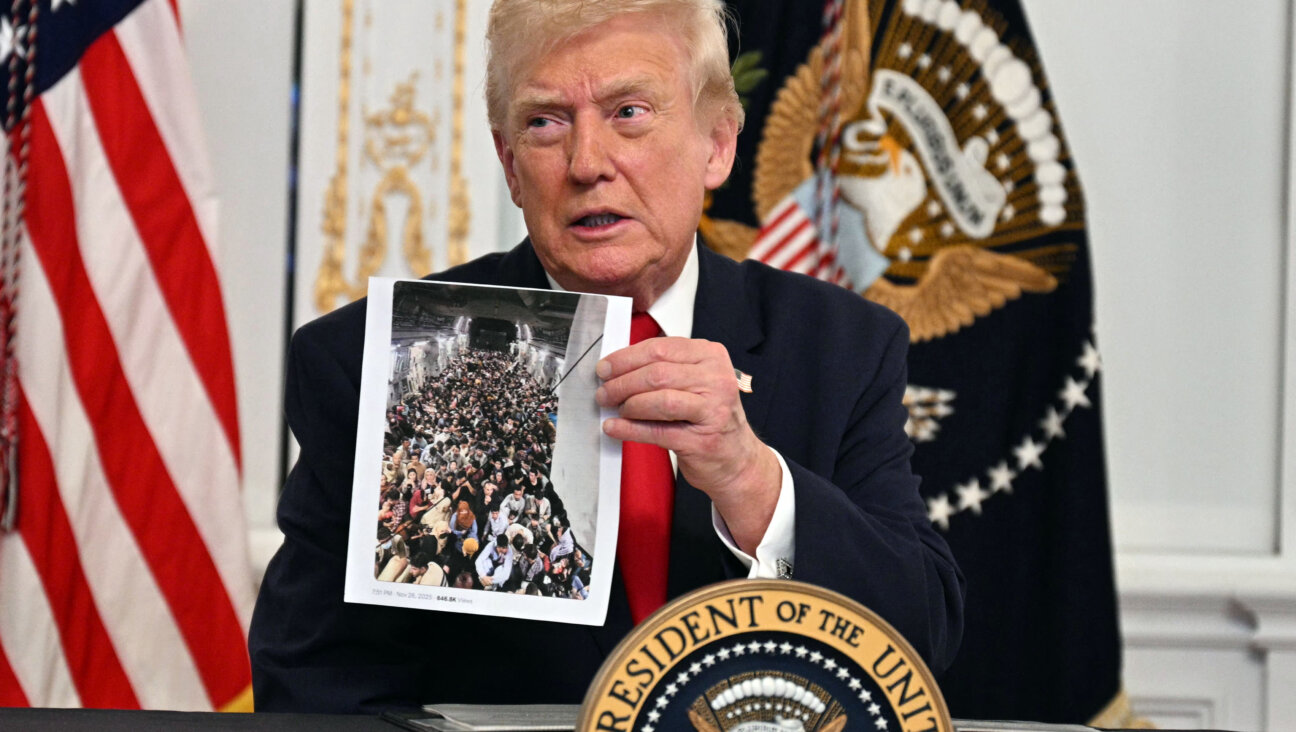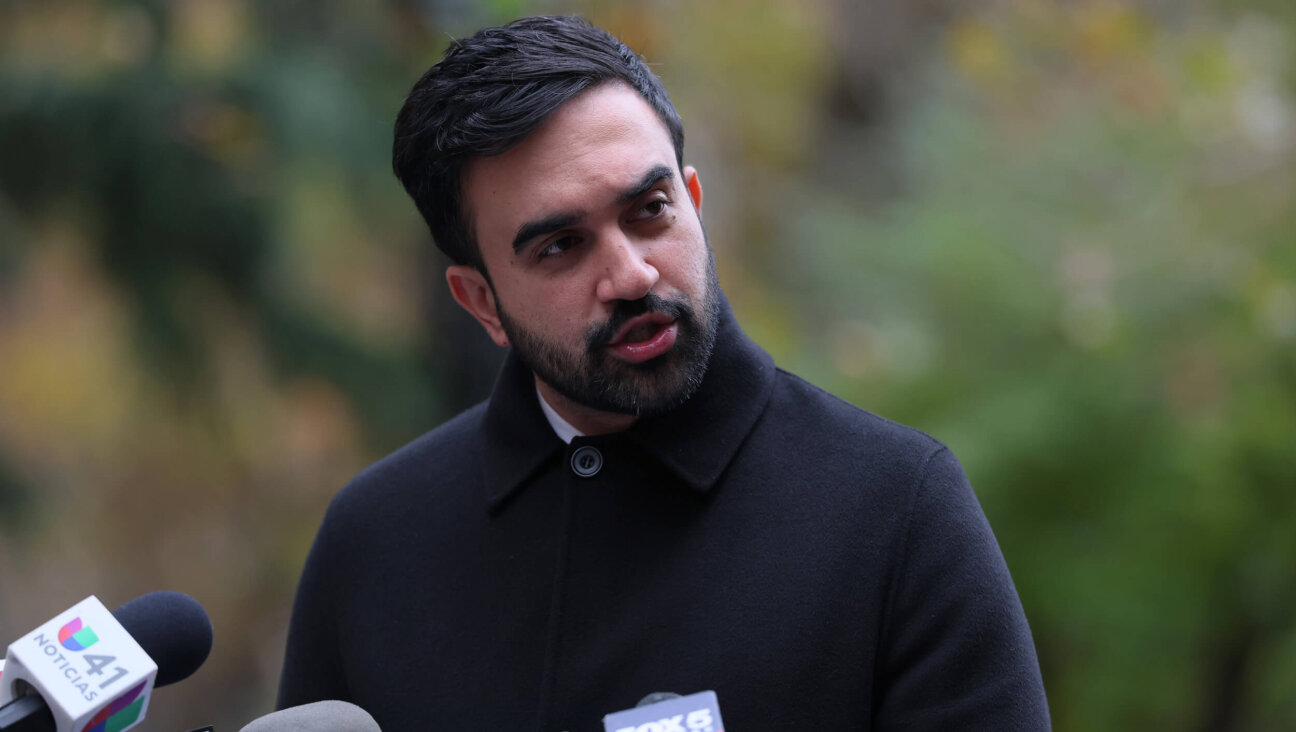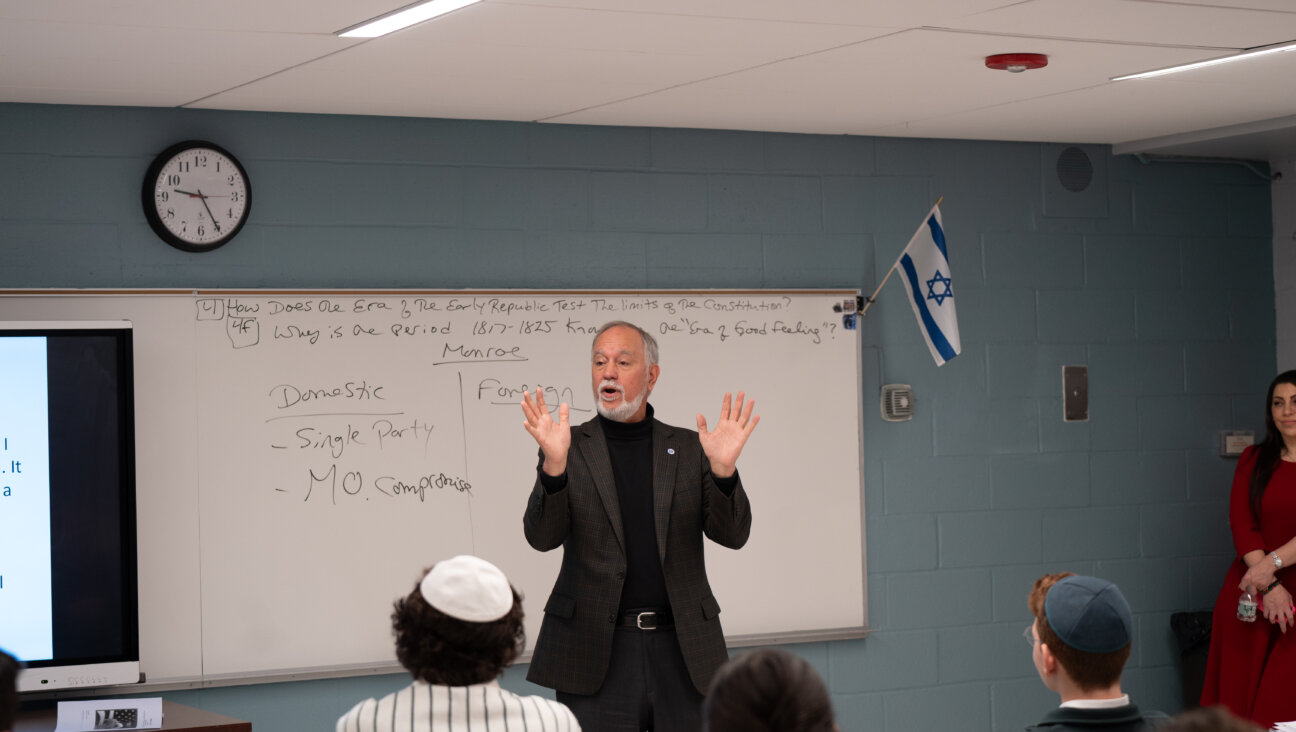Uprooting the Rose
The latest issue of the glossy magazine published by Brandeis University’s Office of the Arts includes a colorful, four-page spread about the goings-on at the Rose Art Museum — exhibitions, symposia, concerts and gallery tours with visiting artists. “The arts electrify the continuum of thought, experience, and action that makes Brandeis a global institution,” writes Daniel Terris, the university’s associate vice president for global affairs.
The magazine arrived on our desk just as the university was scrambling to contain the uproar caused by its surprising decision to close the museum and sell its more than 8,000 objects to make up for a dramatic drop in its endowment and a worsening financial future. The irony was unmistakable. One day, the Rose is considered a gem in Brandeis’s crown, a symbol of its educational sophistication and global aspirations. The next day, it’s headed for the auction block.
Brandeis owes its public — which stretches far beyond the campus to all who have supported the nation’s only nonsectarian Jewish-sponsored university — much more than this. The decision itself is mystifying: Since the museum is largely self-sufficient, relying on the university only for operating costs, closing it doesn’t save much. Selling the works of artists — even those as famous as Jasper Johns, Andy Warhol and Roy Lichtenstein — is just plain silly in today’s market. And by the time prices grow higher for such treasures, so, presumably, will the value of Brandeis’s endowment.
When announcing the decision, Brandeis President Jehuda Reinharz stated that dismantling the Rose was the best option to preserve “the university’s core teaching and research mission.” Reinharz may be a noted educator and historian, but he sure missed a huge teaching moment. A university is both a private institution and a public trust, and a move as momentous as this should have been subject to scrutiny, debate and transparency. As it is, a university spokesman wouldn’t even speak on the record to the Forward about the issue.
Meanwhile, more than 4,500 people have signed a petition sponsored by concerned alumni, while groups protesting the sale are proliferating. The Massachusetts attorney general is investigating whether Brandeis can even sell art donated for a specific purpose.
It may be that Brandeis truly does need to sell its beloved museum to survive. But there’s no evidence that the administration sought to engage its campus community, or its donors, on this complex, strategic question. The museum’s director and board of overseers learned of the decision an hour before it was announced. By his own admission, as late as December, Reinharz was fundraising for the Rose.
“Art cannot be treated as a liquid asset,” Michael Rush, the museum’s director, wrote. The cultural and civic inheritance of a great university can’t be treated as a disposable asset, either.















